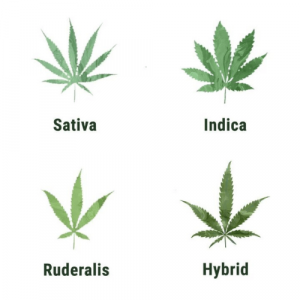Ruderalis: what is it and what is its value
Ruderalis is one of the subspecies of cannabis. In the absence of a pronounced medical or recreational effect, for a long time it remained unnoticed by marijuana users and breeders, until one day its true value for hemp culture was revealed.
Species and genetics
Another name for ruderalis, more familiar to hearing, is weed hemp. This is a wild plant, low - about 60-90 cm, with small few leaves. It was first described by Yanishevsky, a Russian botanist, in 1924, noting its dissimilarity to technical marijuana (a sativa variety without a psychoactive effect). From here came the name "ruderalis" - they designate all hardy wild plants, that is, weeds.
In 2005, a study found that the genetics of Ruderalis is a cross between a Sativa and an Indica. At the same time, the opinion was put forward that this is not a separate species, but a hybrid subspecies.
Properties and value for the world of cannabis
The small size and low content of THC does not allow us to talk about any psychoactive effect. There is no point in using it, however, some breeders create hybrids, enhancing the properties of weed hemp, and in this case, one can already count on a tangible effect. However, the value of ruderalis is different - it is an autoflowering plant.
Unlike sativa and indica, it can bloom regardless of the light level, but simply in the course of its growth. This discovery made it possible to create autoflowering plants based on indica or sativa varieties everywhere - it is enough to use the ruderalis genes in breeding. Autoflowers not only allow you to get rid of the influence of light on the transition to the flowering phase, but also increase the resistance of cannabis to aggressive environmental factors. In addition, autoflowering varieties, due to their rapid growth and automatic flowering, can produce several harvests per year.









